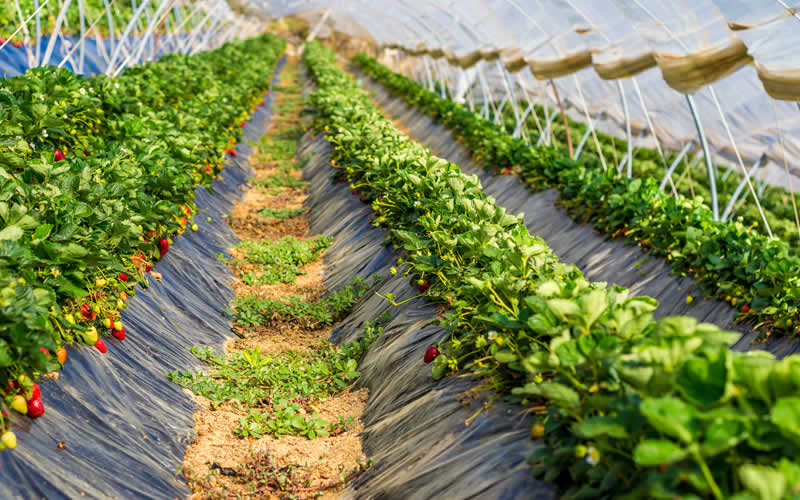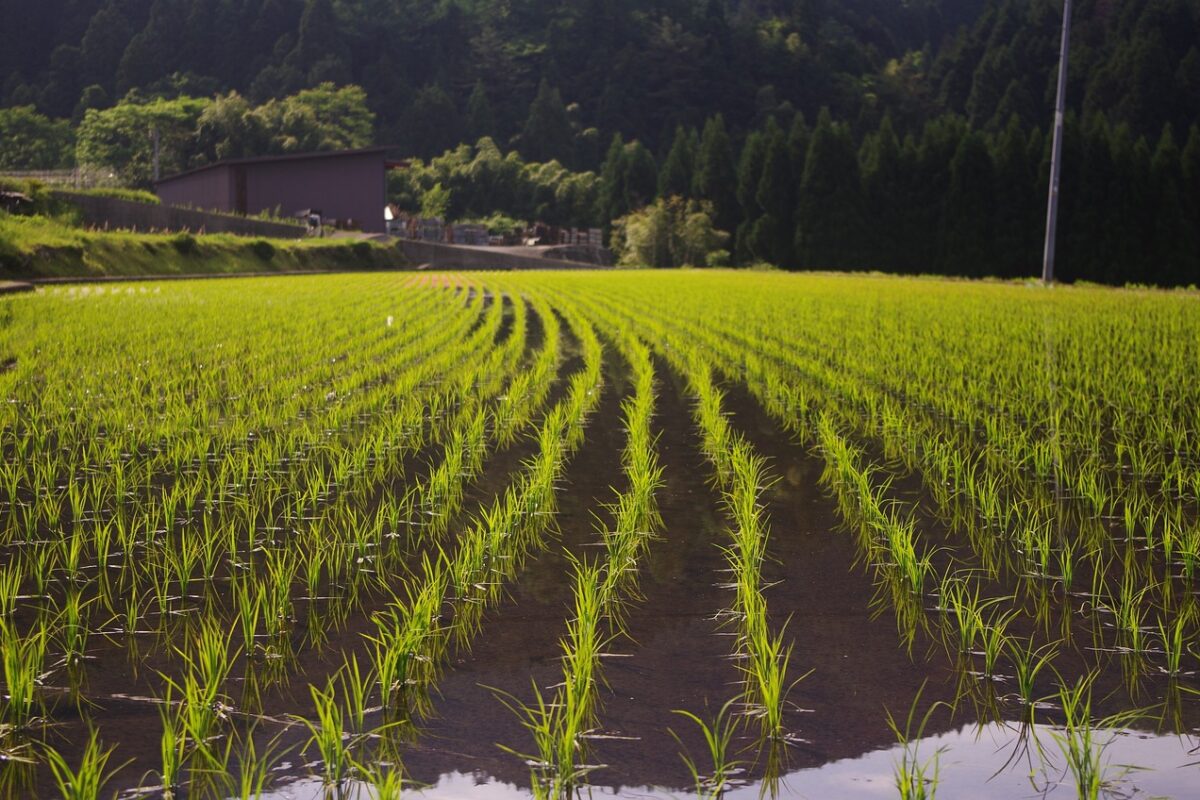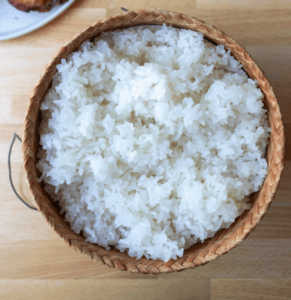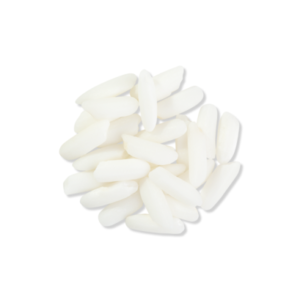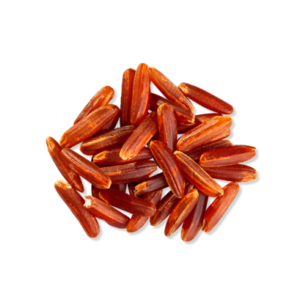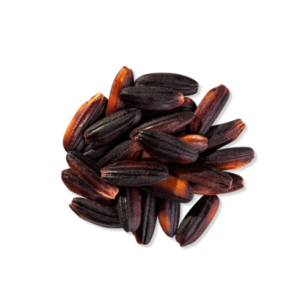Transforming the Future of Farming
Introduction to AgTech in Thailand
Agricultural technology, commonly referred to as AgTech, is revolutionizing the agricultural landscape in Thailand. With a rich history of agriculture as a cornerstone of the Thai economy, the integration of advanced technologies is not only enhancing productivity but also ensuring sustainability and resilience against climate change. The increasing interest in precision farming, drone usage, smart irrigation systems, and automation reflects a significant shift towards modern agricultural practices.
Precision Farming: Enhancing Crop Yields
Precision farming involves using data analytics and technology to optimize field-level management regarding crop farming. In Thailand, this approach allows farmers to make informed decisions based on real-time data about soil health, weather patterns, and crop conditions. Technologies such as GPS and IoT sensors enable farmers to monitor their fields more effectively. For instance, by analyzing soil moisture levels through sensors, farmers can apply water only where needed, reducing waste and improving crop yields.
The use of precision farming techniques has been shown to increase productivity significantly. According to recent studies, farms employing these methods can see yield increases of up to 20-30%. This is particularly important for Thailand’s rice production, which is vital for both domestic consumption and export.
Drone Use in Agricultural Technology (AgTech): Aerial Insights
Drones are becoming an essential tool in modern agriculture. In Thailand, drones are utilized for various purposes including crop monitoring, pest control, and even planting seeds. Equipped with high-resolution cameras and multispectral sensors, drones provide farmers with aerial imagery that helps identify issues such as pest infestations or nutrient deficiencies early on.
The ability to cover large areas quickly makes drones an invaluable asset for Thai farmers. They can conduct aerial surveys that would take days on foot in just a few hours. This efficiency not only saves time but also reduces labor costs significantly.
Smart Irrigation Systems: Water Management Innovations
Water scarcity is a pressing issue in many parts of Thailand due to seasonal droughts and changing rainfall patterns attributed to climate change. Smart irrigation systems leverage technology such as soil moisture sensors and weather forecasts to automate watering schedules based on actual needs rather than fixed routines.
These systems help conserve water while ensuring crops receive adequate hydration. By implementing smart irrigation solutions, Thai farmers can reduce water usage by up to 50%, which is crucial for maintaining sustainable agricultural practices amidst growing environmental concerns.
Agriculture Automation: Streamlining Operations
Automation in agriculture encompasses various technologies designed to improve efficiency and reduce manual labor requirements. In Thailand, this includes the use of robotic systems for tasks such as planting, harvesting, and packaging crops. Automated machinery can operate continuously without fatigue, leading to increased productivity.
Moreover, automation helps address labor shortages that have become increasingly common in rural areas due to urban migration trends. By adopting automated solutions, Thai farmers can maintain operational efficiency even with fewer workers available.

The Role of Thai Agrodealers in AgTech Development
Thai Agrodealers play a pivotal role in the development of the AgTech sector by acting as intermediaries between technology providers and farmers. They facilitate access to advanced tools and technologies that might otherwise be out of reach for smallholder farmers.
- Education and Training: Agrodealers provide essential training programs that educate farmers about new technologies like precision farming tools or drone operations. This knowledge transfer is critical for successful adoption.
- Access to Resources: They offer access to financing options that allow farmers to invest in expensive equipment or software necessary for modern agricultural practices.
- Local Adaptation: Agrodealers understand local agricultural challenges better than anyone else; they tailor solutions that fit specific regional needs—be it crop selection or pest management strategies—ensuring that technological advancements are relevant and effective.
- Networking Opportunities: By connecting farmers with tech companies and research institutions through workshops or trade shows organized by agrodealers, they foster innovation within the sector.
In conclusion, the integration of Agricultural Technology (AgTech) into farming practices represents a transformative opportunity for Thailand’s agricultural sector. With precision farming techniques enhancing yields; drones providing critical aerial insights; smart irrigation systems conserving water; automation streamlining operations; and agrodealers facilitating access to these innovations—the future looks promising for Thai agriculture.
Visit: www.ThaiagroDealer.com
 +66 64 310 3686
+66 64 310 3686




